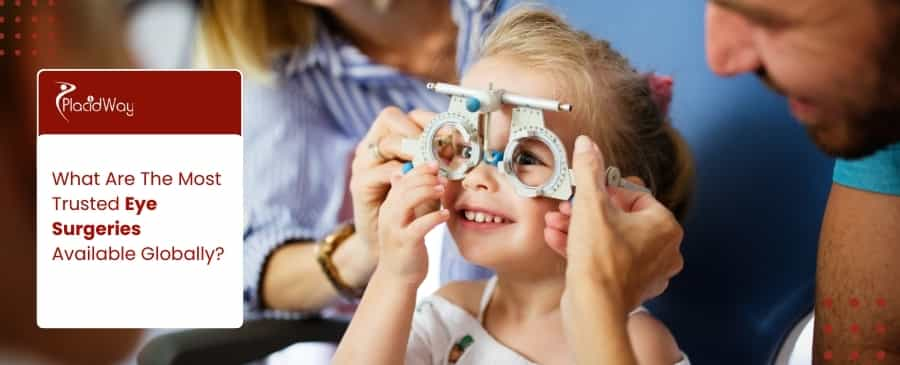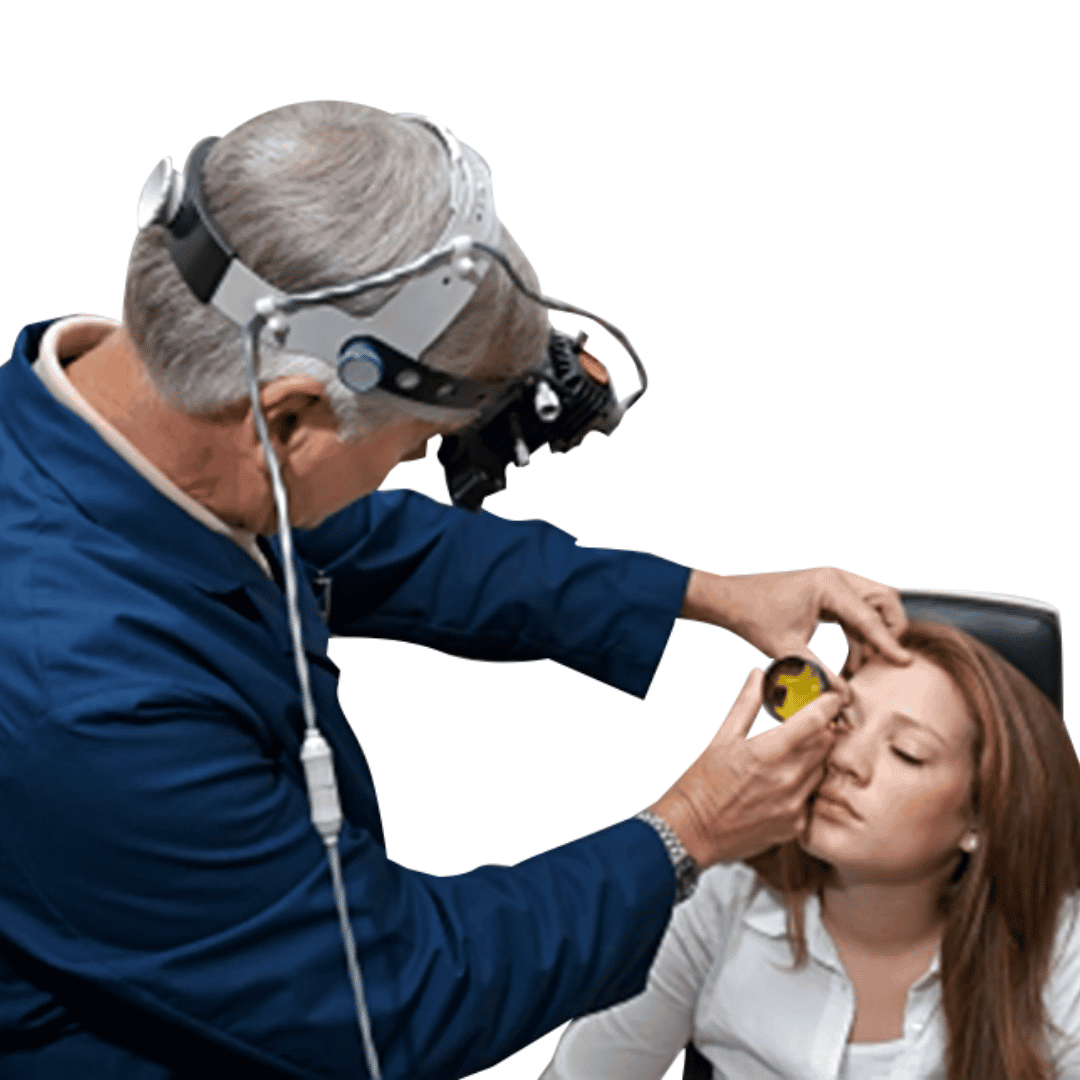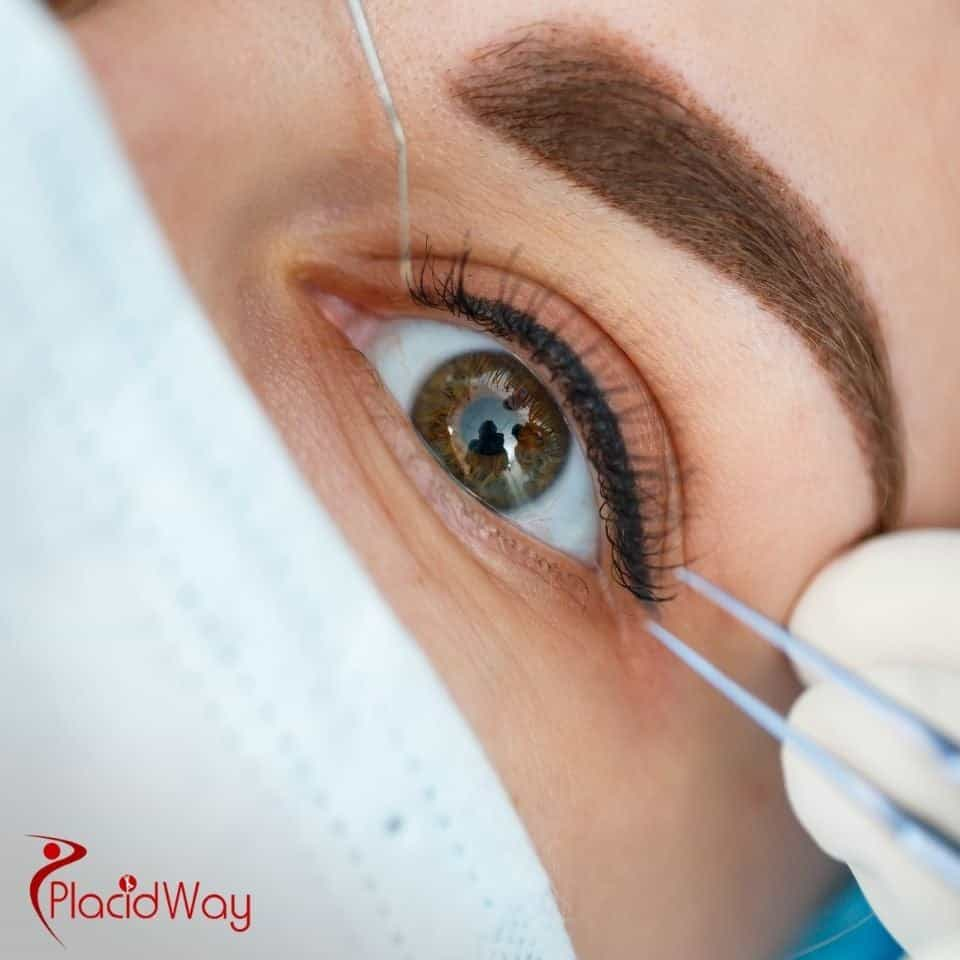Who the Most Trusted Eye Surgeries Globally

The journey to clearer vision often starts with understanding your options. Whether you're tired of glasses and contacts, or facing a degenerative eye condition, modern medicine offers proven solutions. From popular vision correction surgeries like LASIK and PRK to sight-saving procedures such as Cataract Surgery and corneal transplants, the world of ophthalmology provides a range of safe and effective treatments.
By the end of this guide, you’ll have a much clearer picture of the most reputable and trusted eye surgeries available today, helping you confidently explore pathways to better vision. Let’s explore the world of advanced eye care together.
What are the most commonly performed and trusted eye surgeries globally?
LASIK is particularly popular due to its rapid visual recovery, while PRK is often recommended for individuals with thinner corneas or specific lifestyle factors. Both have decades of research and millions of successful outcomes supporting their safety and effectiveness, making them highly trusted eye surgeries.
Beyond refractive surgery, Cataract Surgery is arguably the most common and highly trusted ocular procedure worldwide. It involves removing the clouded natural lens and replacing it with an artificial intraocular lens (IOL). This surgery is crucial for restoring vision lost due to cataracts and boasts an extremely high success rate, significantly improving clarity and color perception for millions of elderly patients annually.
Other critical and trusted eye surgeries include Refractive Lens Exchange (RLE), which is similar to cataract surgery but performed to correct refractive errors in older patients who may not be candidates for LASIK; glaucoma surgeries to reduce intraocular pressure and prevent optic nerve damage; and corneal transplants for severe corneal diseases, which although less common, are life-changing for recipients.
How does one choose a trusted eye surgery clinic, particularly for medical tourism?
Choosing the right clinic for a trusted eye surgery, whether domestically or as part of medical tourism, is a decision that requires careful consideration. Your eyesight is invaluable, so selecting a facility that upholds the highest standards of care, expertise, and safety is paramount. When considering international options through medical tourism, additional factors come into play to ensure a smooth and successful experience.
By diligently researching these aspects, you can confidently choose a trusted eye surgery clinic that offers both excellent medical care and a positive overall experience, especially when venturing abroad for treatment.
Visit PlacidWay.com to connect with top-rated global clinics and discover personalized healthcare solutions for a clearer future.


.png)





.png)



Share this listing